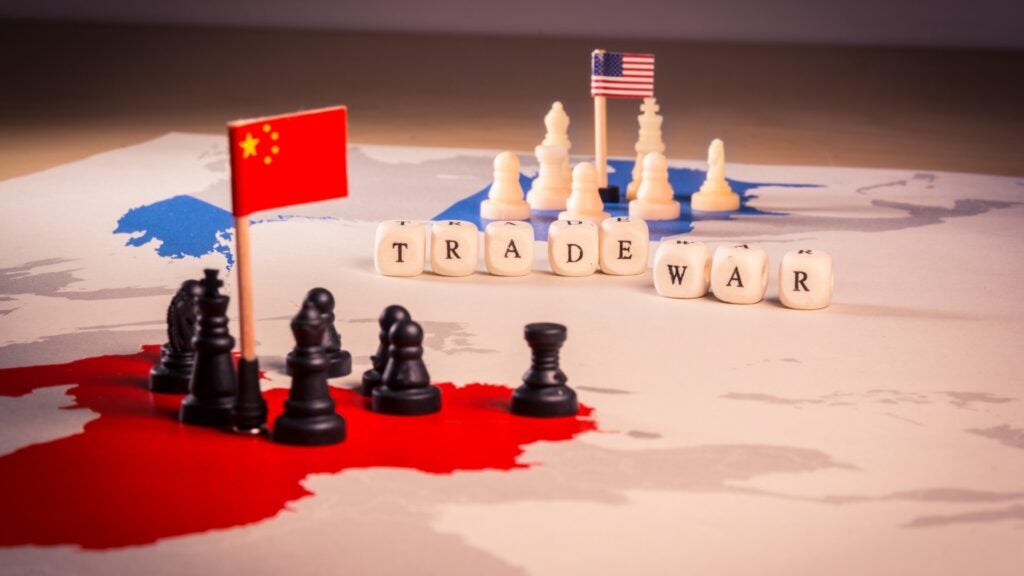
Wharton Professor of Finance and WisdomTree Senior Economist Jeremy Siegel says the U.S.-China trade deal was a lot better than anyone was anticipating, and he expects it to stay that way.
What To Know: The U.S. and China agreed to a temporary trade deal over the weekend in which U.S. tariffs on Chinese goods will be cut from 145% to 30%, and Chinese tariffs on U.S. goods will be slashed from 125% to 10%.
Tuesday on CNBC’s “Squawk On The Street,” Siegel called it an “amazing” deal for everyone involved, including market participants.
“There was no analyst out there that predicted that we’d come to an agreement — at least a tentative agreement — so quickly, and actually specify tariff levels as low as they came in,” Siegel said. “It was like, wow, this is great news.”
Trump had been forecasting a potential lowering of tariffs to the 50% to 80% range, so the 30% announcement took markets by surprise, which spurred a massive rally across markets, he explained.
Siegel told CNBC that he expects the agreement to last. He doesn’t believe the world’s two largest economies will reintroduce higher reciprocal tariffs moving forward as trade tensions have really “settled down.”
He acknowledged that there may be “small adjustments” moving forward and noted that tariffs won’t have “zero effect,” given that consumers are facing a 17% average tariff, which represents the highest in 85 years for the U.S.
“But it’s certainly going to have a lot less effect than what it seemed like just a week ago,” Siegel said.
The economist said we will likely feel the impacts of tariffs via higher inflation in June or July as earnings and growth hit a bit of a bump in the road, but he doesn’t expect that to persist longer term.
The Labor Department on Tuesday reported a 2.3% year-over-year increase in the Consumer Price Index for April. The number came in below economist expectations of 2.4%. Core CPI was up 2.8% annually, in line with estimates.
The SPDR S&P 500 SPY reacted positively to the report, following up Monday’s surge with a solid 0.8% gain at the time of writing, per Benzinga Pro data.
Siegel criticized the Federal Reserve, calling for the central bank to be “far more flexible” than it has been. If things look bad, they should cut rates, and then if things start looking better, they should be able to turn around and raise rates, he said.
When the Fed cuts rates, most expect it to mark the start of a rate-cutting cycle, and the Fed stresses its data-dependance, but Siegel believes that’s the wrong way to approach things. Inflation could rise in the near-term due to a supply shock, but long-term inflation indicators look solid, he said.
“The good news is that the tone of Trump is so much different now than it was two or three months ago,” Siegel said, suggesting that more trade deals could be on the horizon.
Read Next:
Photo: Shutterstock.